As is often the case, when someone has committed a crime, they flee, with the hope of never being caught, out of fear for what might happen,or to start a new life somewhere else. Many stay in the country, city, county or even town where the crime was committed whilst others take a gamble and flee overseas. Historically it was arguably far easier from criminals to 'disappear' and for crimes to remain unsolved (Jack the Ripper being a prime example of that). But developments in technology, science and engineering have helped to catch those who may have previously escaped. This is the story of the capture of one of Britain's most infamous murderers, Dr Crippen.
Hawley Harvey Crippen was born in 1862 in Coldwater, Michigan. His father was a merchant meaning that Crippen would have had a comfortable upbringing. He studied homeopathic medicine at university, graduating in 1884. His first wife, Charlotte, died after suffering a stroke in 1892 and their son, Hawley Otto, was left with Crippen's parents. In 1894, Crippen married Corrine Turner and started working for Dr Munyon's, a homeopathic pharmaceutical company. Corrine, known also by her stage name Belle Elmore, had dreams of being a famous music hall singer. The trouble with that was that she had very little talent for singing, dancing or acting.
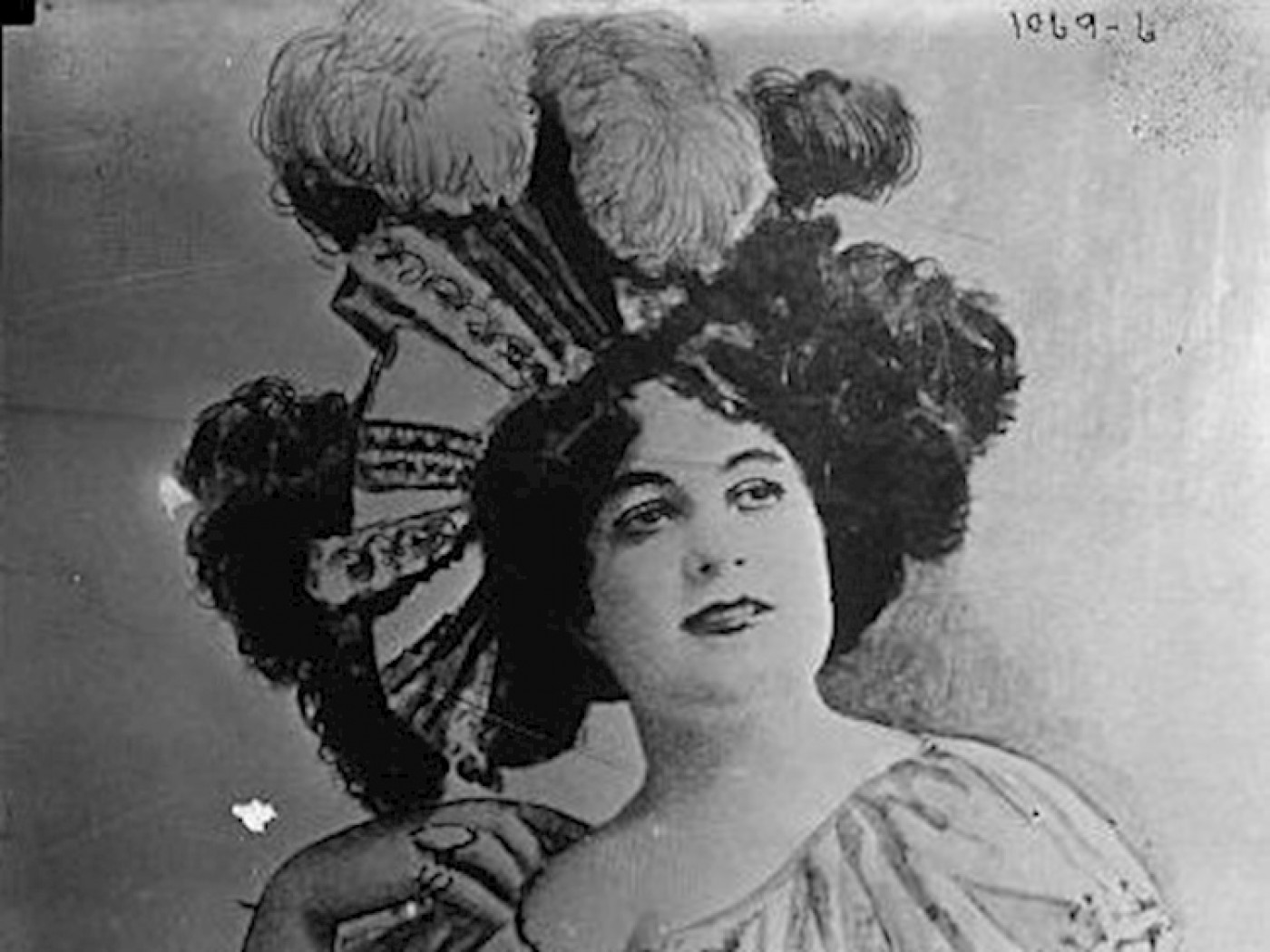
In 1897, Crippen and his wife moved to London. His medical qualifications were not sufficient enough for him to be able to practice medicine in the UK but he continued to work for Dr Munyon's selling medicines. He was, however, fired from the company in 1899 for, apparently, focusing on managing his wife stage career. This kick started a series of events that would lead to murder ten years later.
Crippen became the manager of Drouet's Institution for the Deaf. It was at this job that he hired Ethel Le Neve as a typist. Five years later, the two were having an affair. In the same year, 1905, Crippen and his wife moved to the now infamous 39 Hilldrop Crescent, Holloway. They took in lodgers to boost their income. Cora had an affair with one of these lodgers, she had had affairs previously, and Crippen carried on seeing Ethel with her becoming his official mistress in 1908.
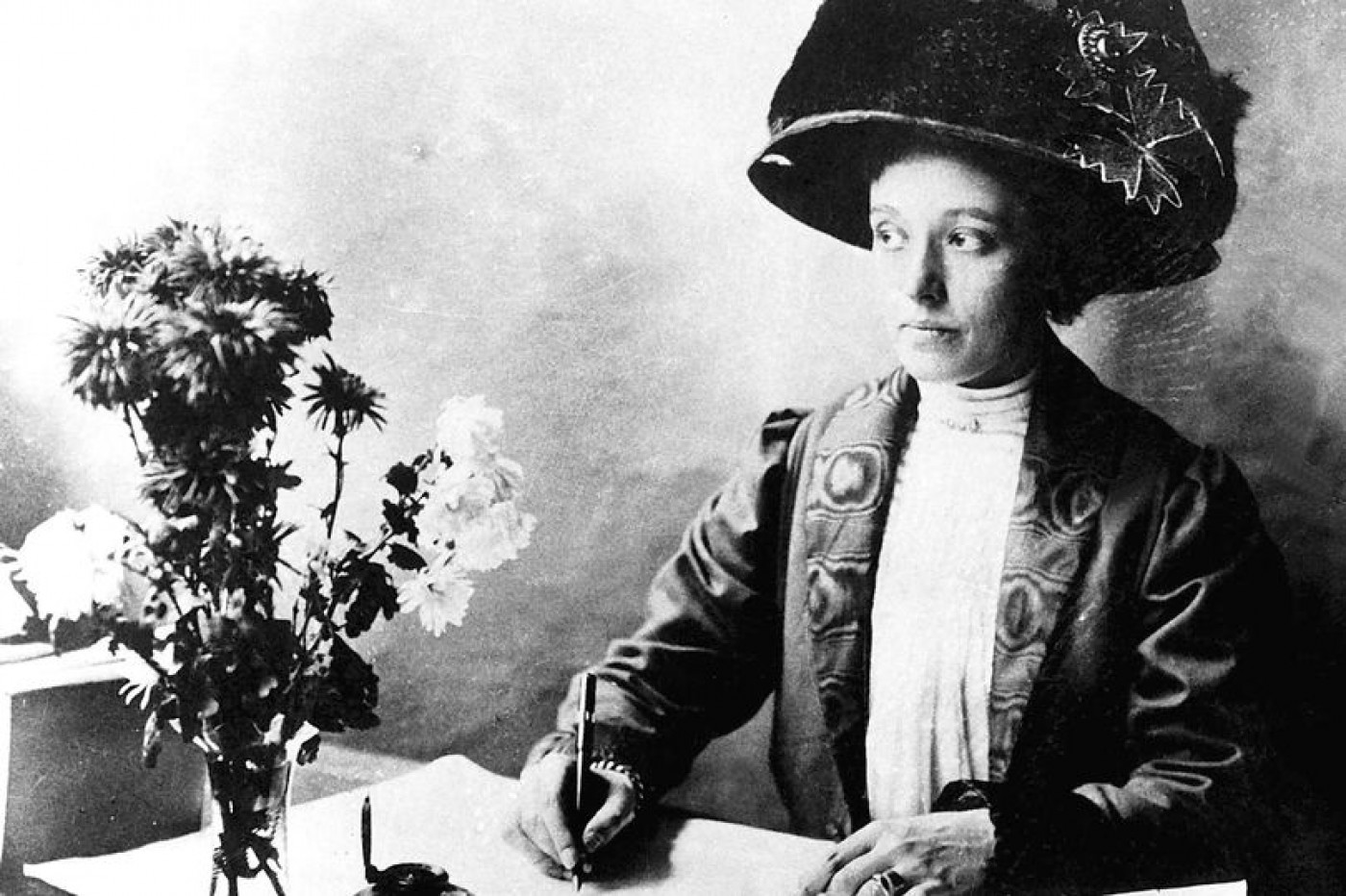
On the evening of the 31st January 1910, the Crippens hosted a dinner party at their house for their close friends. This was the last time Cora was seen alive. In the following weeks, suspicions were raised as to where Cora was. Crippen said that she had left him and returned to America. The story then changed to say she was ill and finally that she had died. Meanwhile, Ethel moved to Hilldrop and had started to wear Cora’s jewellery. Friends of Cora became increasingly suspicious of Crippen's story and they reported the disappearance of their friend to the police.
Chief Inspector Walter Dew went to Hilldrop to find out more about Cora's disappearance and to see if anything was amiss. Crippen explained to Dew that he had made up the story that she was dead because she had actually left him for another man and gone to America, which was embarrassing for Crippen. Dew didn't find anything untoward at the house but asked that Crippen get Cora to contact him directly to confirm her story. Crippen said he would try...
Fearing how close Dew had come to uncovering the truth scared Crippen and Ethel. Putting on exceptional disguises (Crippen shaved his moustache and Ethel dressed as a boy) the two fled to Brussels. They then boarded the SS Montrose to Canada.The Montrose, originally owned by Elder, Dempster & Company, was sold to the Canadian Pacific Steamship Company in 1903. She operated on the London - Antwerp - New Brunswick route.
Dew returned to Hilldrop to check on the progress of contacting Cora. He of course arrived to find an empty house and no word from Cora, Dew decided to carry out a more thorough investigation of the house. By fleeing, Crippen and Ethel had raised more suspicion than before. In the cellar of Hilldrop, under a floor of loose bricks, the remains of a body were found. The body had been decapitated but it was clear that it was female. The police had found the remains of Crippen's wife Cora. The hunt for Crippen was on...
Meanwhile, aboard the Montrose, Crippen and Ethel, disguised as father and son, were drawing attention to themselves by holding hands frequently and being very affectionate with one another. This drew the attention of the Captain who was aware of the hunt for Crippen. Fortunately, wireless technology had been installed on the ship so the Captain was able to send a message to the shipowners, and subsequently Scotland Yard, about his suspicions.
The message read:
Have strong suspicions that Crippen London cellar murderer and accomplice are among saloon passengers. Mustache taken off growing beard. Accomplice dressed as boy. Manner and build undoubtedly a girl
Had there not been wireless technology or had Crippen and Ethel travelled more covertly on the Montrose, it is likely they would not have been caught.
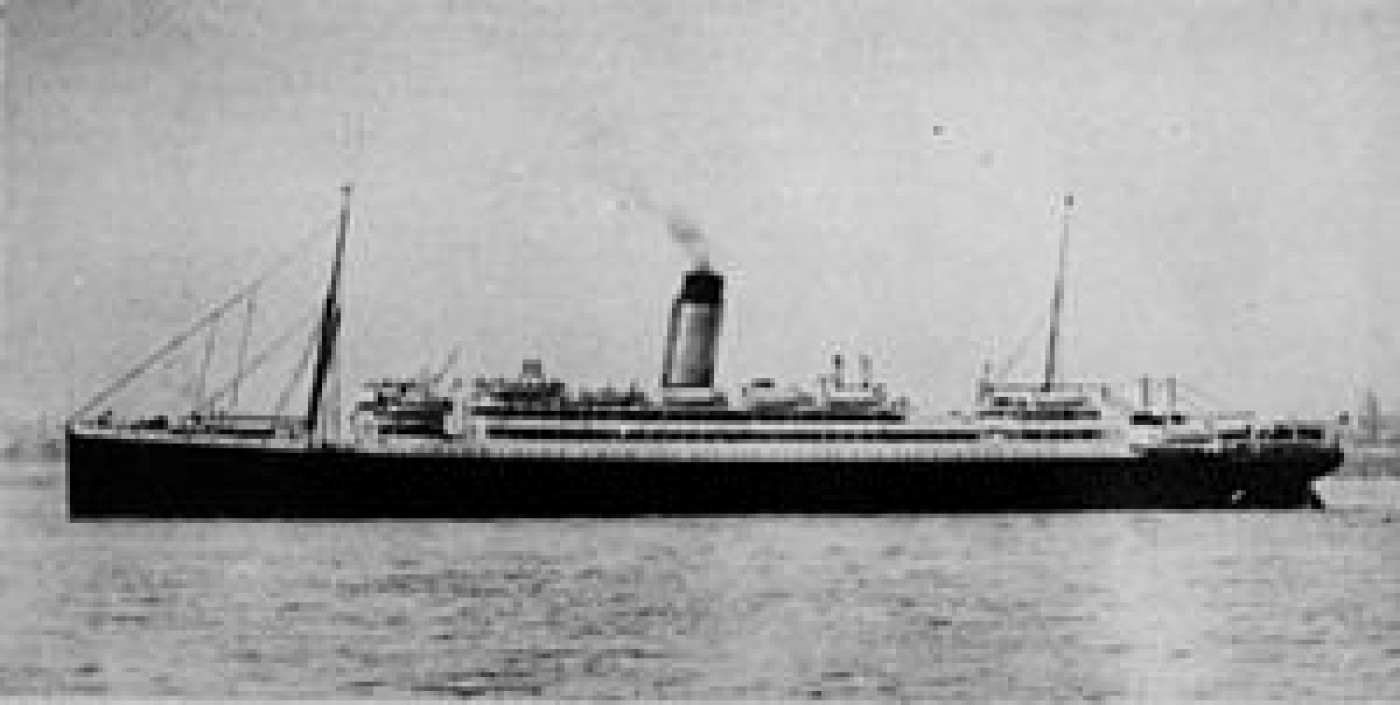
Upon receiving this message, Dew jumped aboard the SS Laurentic, a faster ship travelling to Quebec. Dew and his team intercepted the Montrose as it travelled down the St Lawrence. They boarded and arrested Crippen and Ethel. Crippen is reported to have said:
Thank god it's over. The suspense has been too great. I couldn't stand it any longer.
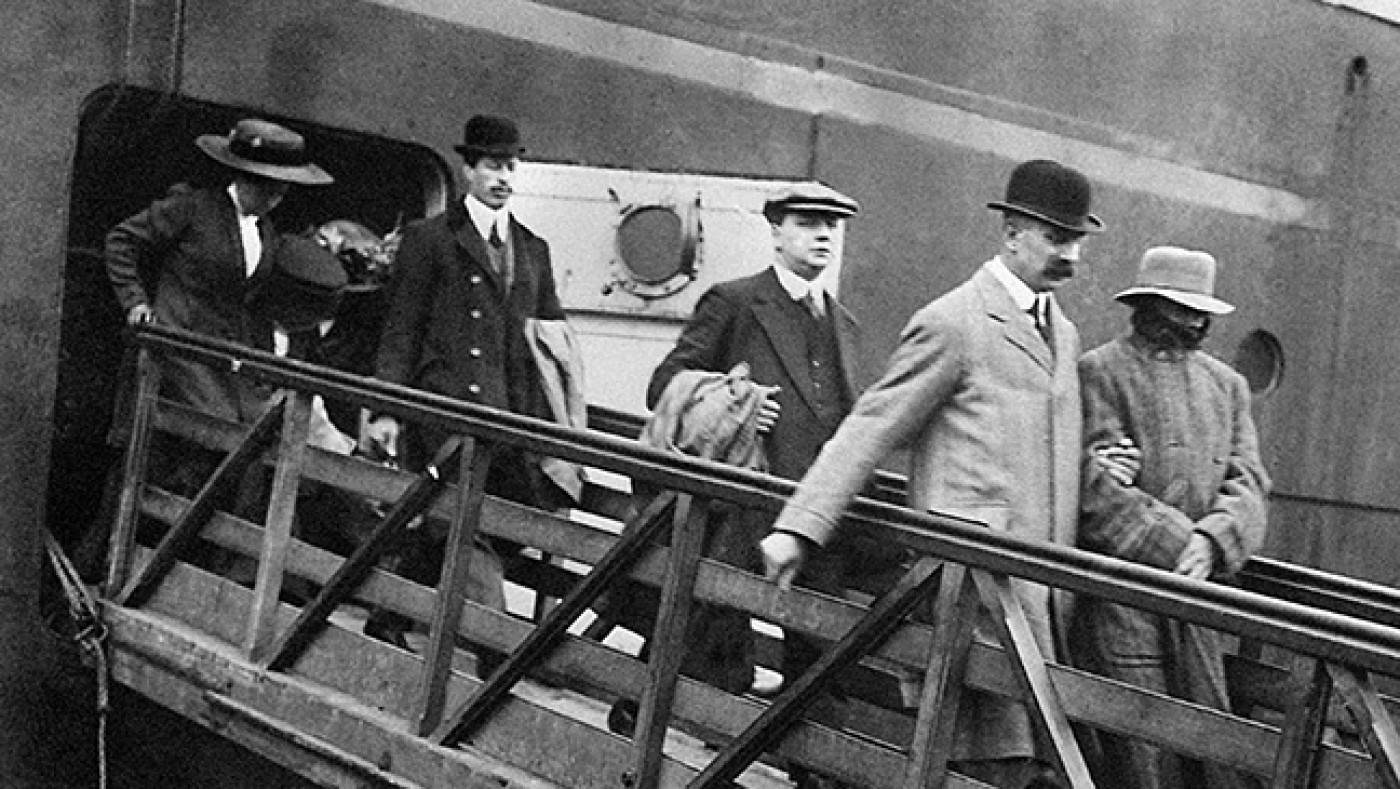
They returned to England on board the SS Megnatic.

The trial began in October 1910. The defence argued that the body was not Cora's but some other unfortunate woman that had been buried before Crippen moved in. The prosecution, however, showed that a scar found on the body matched Cora's medical history and that the toxic compound hyoscine was found on her body. Crippen had purchased the drug a couple of weeks prior to Cora's death.
Crippen was found guilty and was hanged on the 23 November 1910 at Pentonville Prison. Ethel was acquitted of accessory to murder.
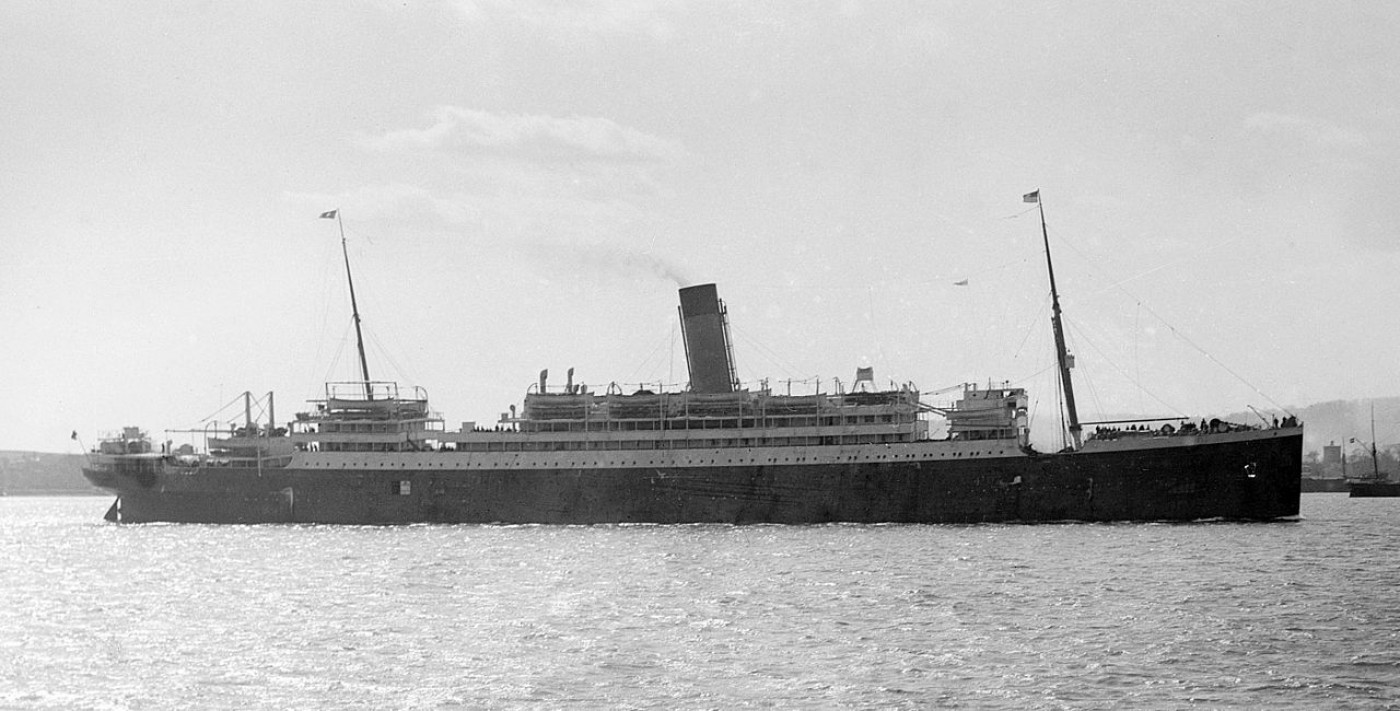
Alternative theories have been suggested as to what happened. Was the body Cora? If it was Cora's, why would Crippen kill her? If it was not Cora then who was it?
Guilty, or not, the hunt for and capture of Crippen highlighted the importance of developing communication based technologies on ships to ensure that messages and news could be received, distress calls sent and, just in case you happen to have a murderer stowed in your saloon.
References
John D Eddleston, A Century of London Murders and Executions (2008)
Richard Cavendish, The Execustion of Dr Crippen, History Today (2010)
Dr Crippen and Wireless Technology, Old Police Cells Museum (2010)

